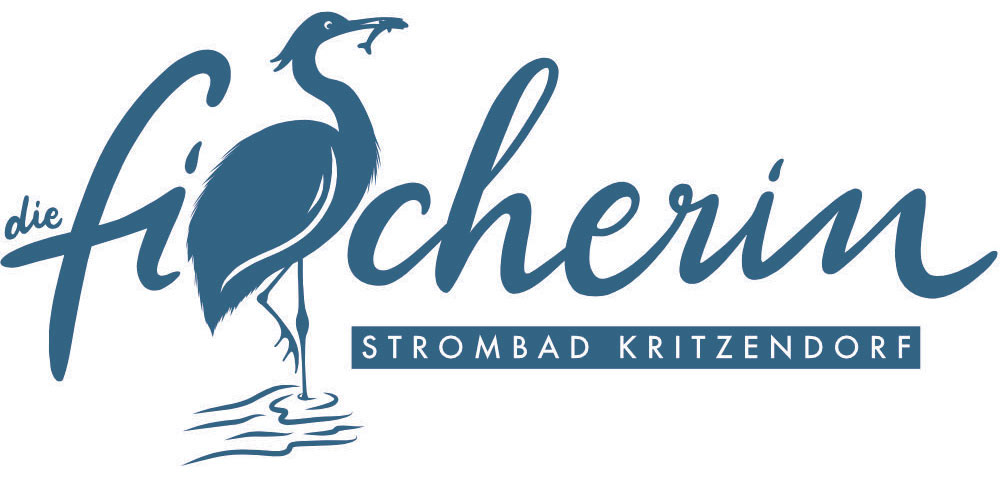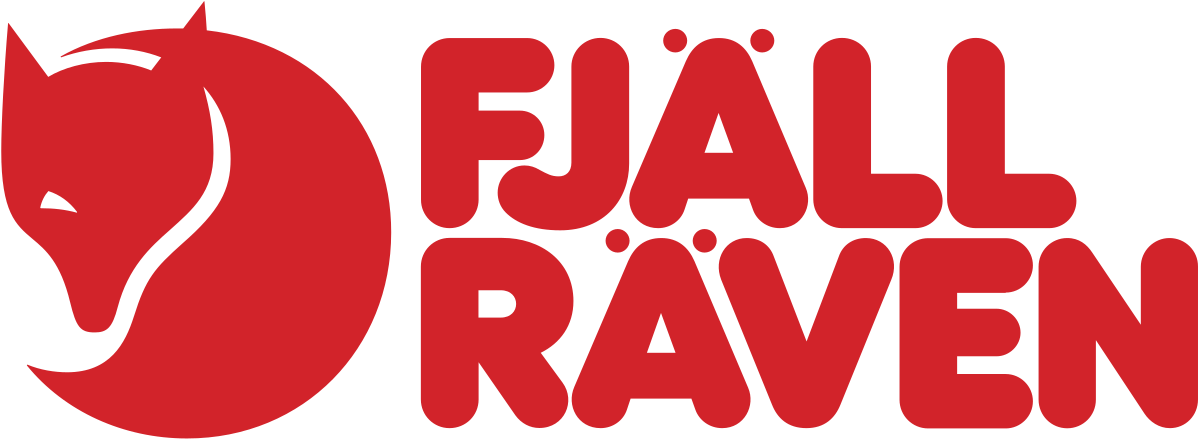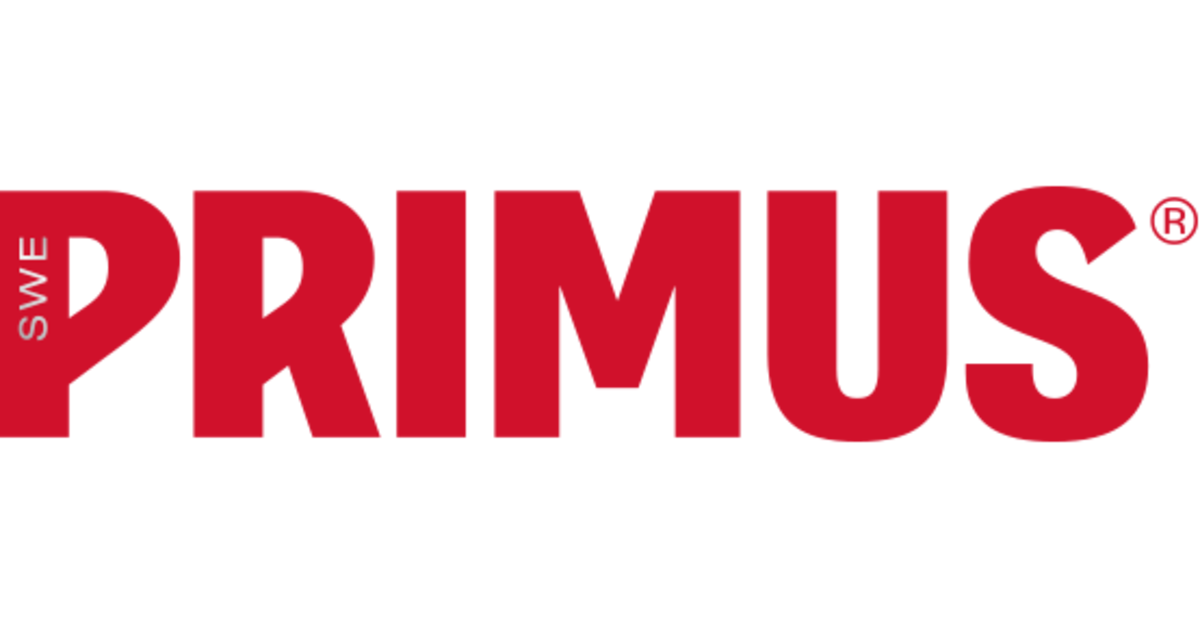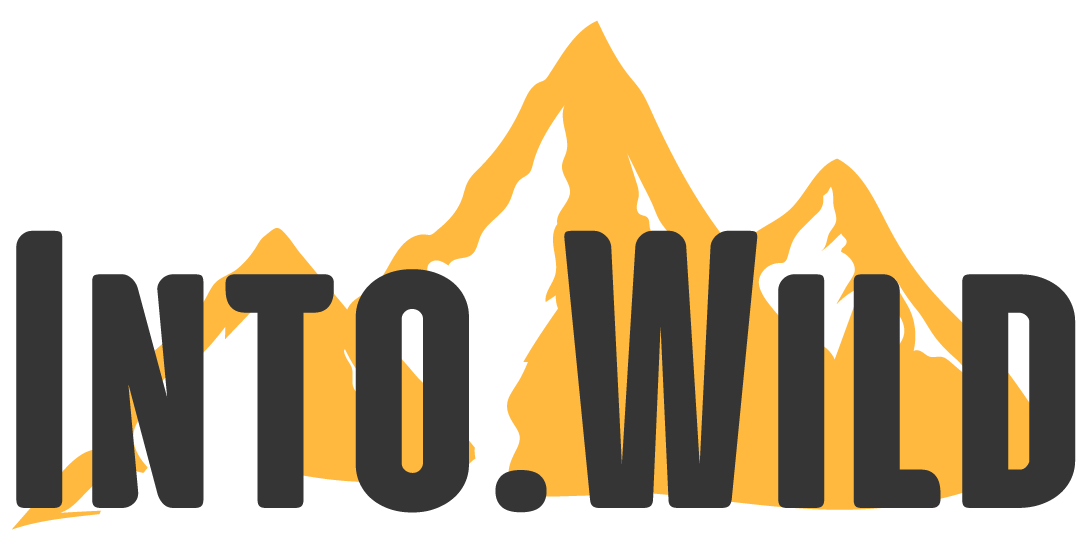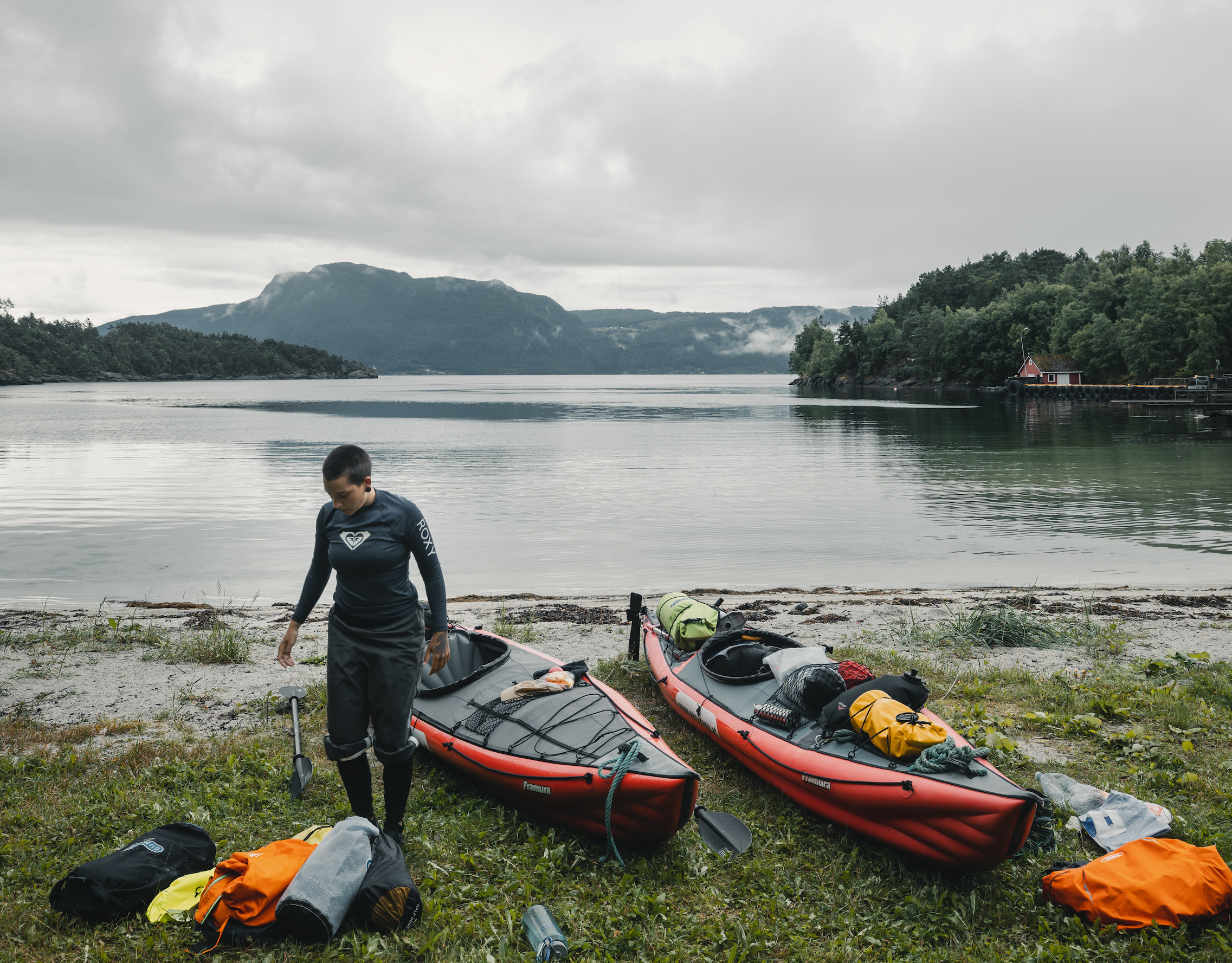ONE WAY BOAT
a Journey along Danube
Kritzendorf (Austria) - Iron Gates (Romania)
Summer 2021
de/ en
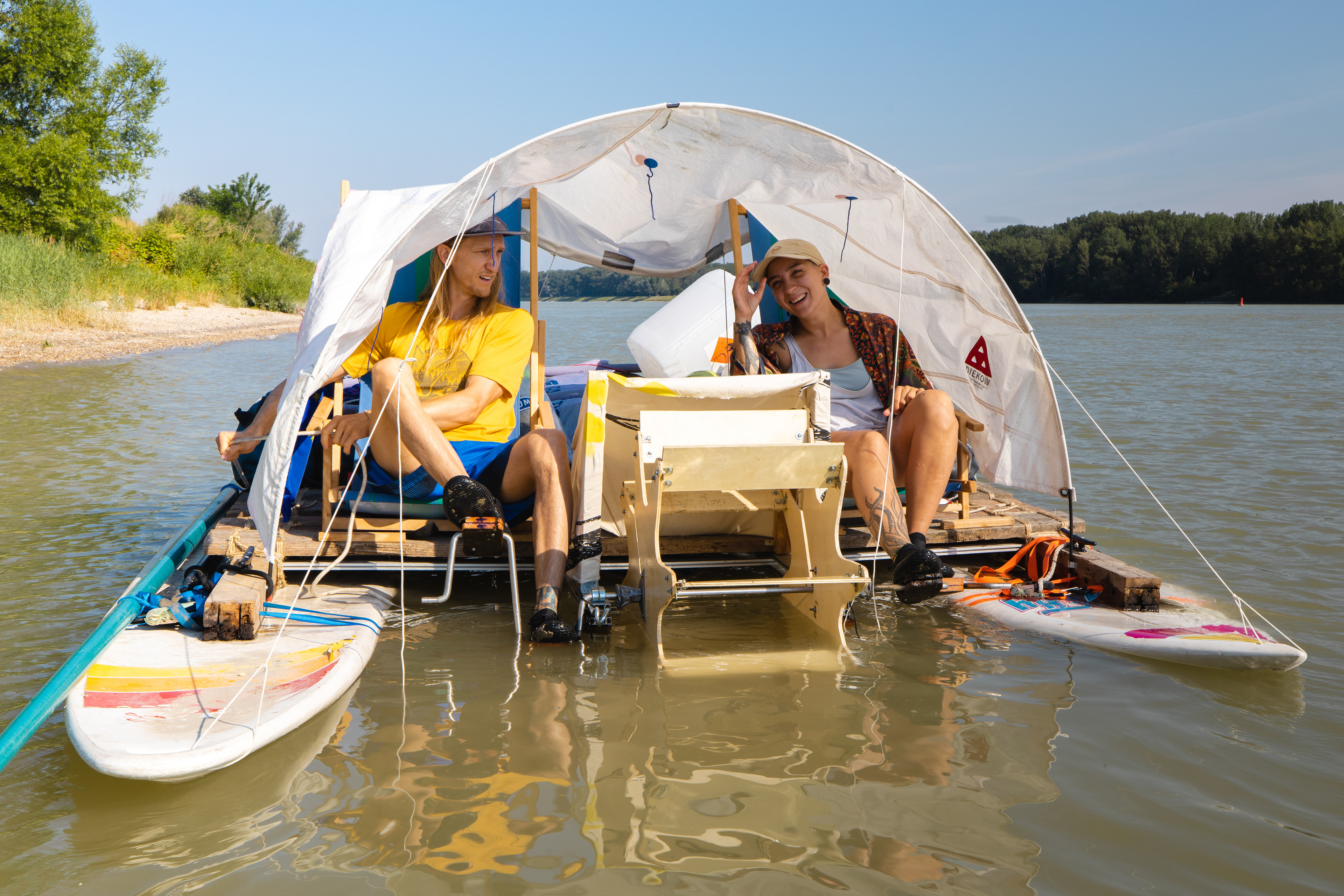
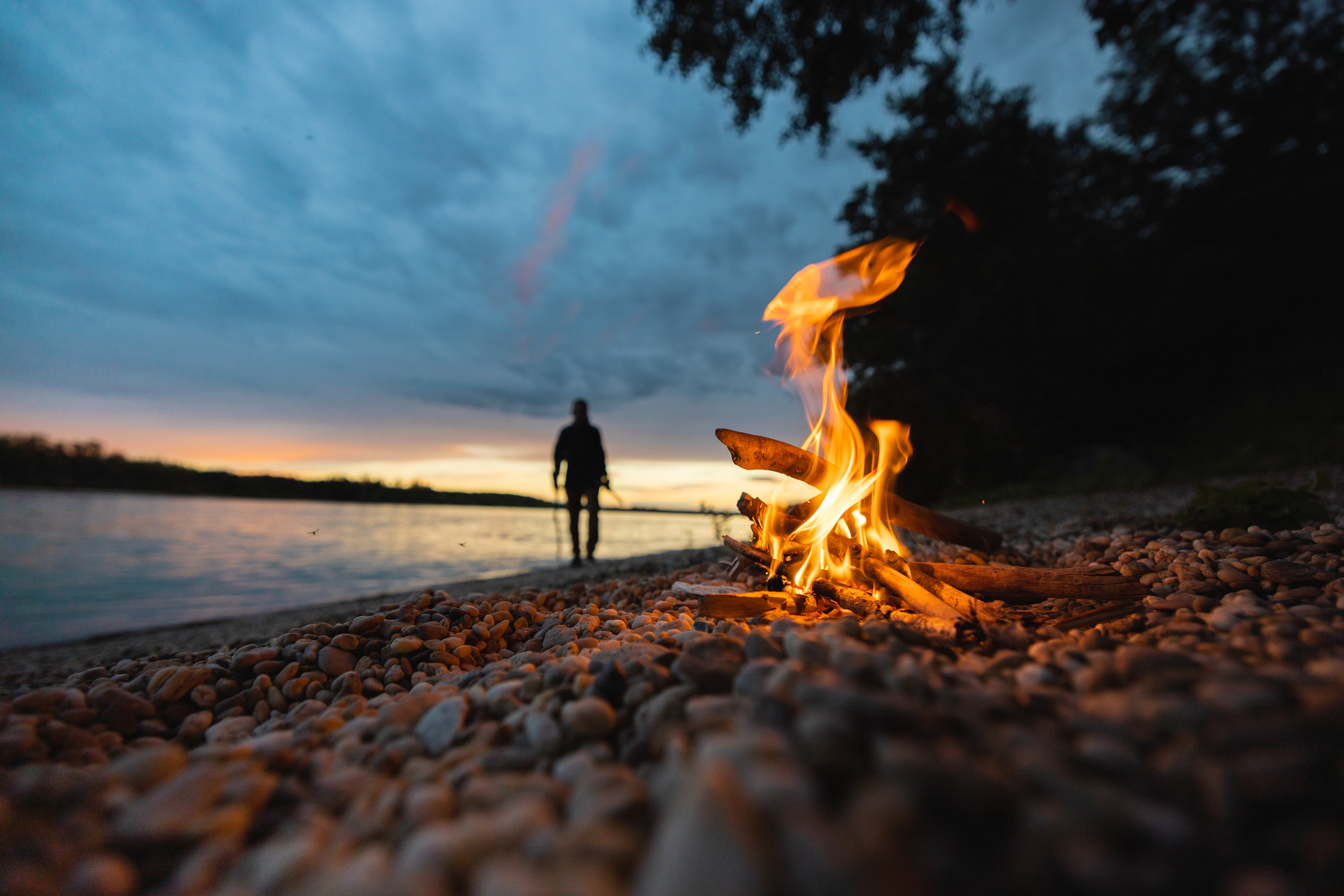
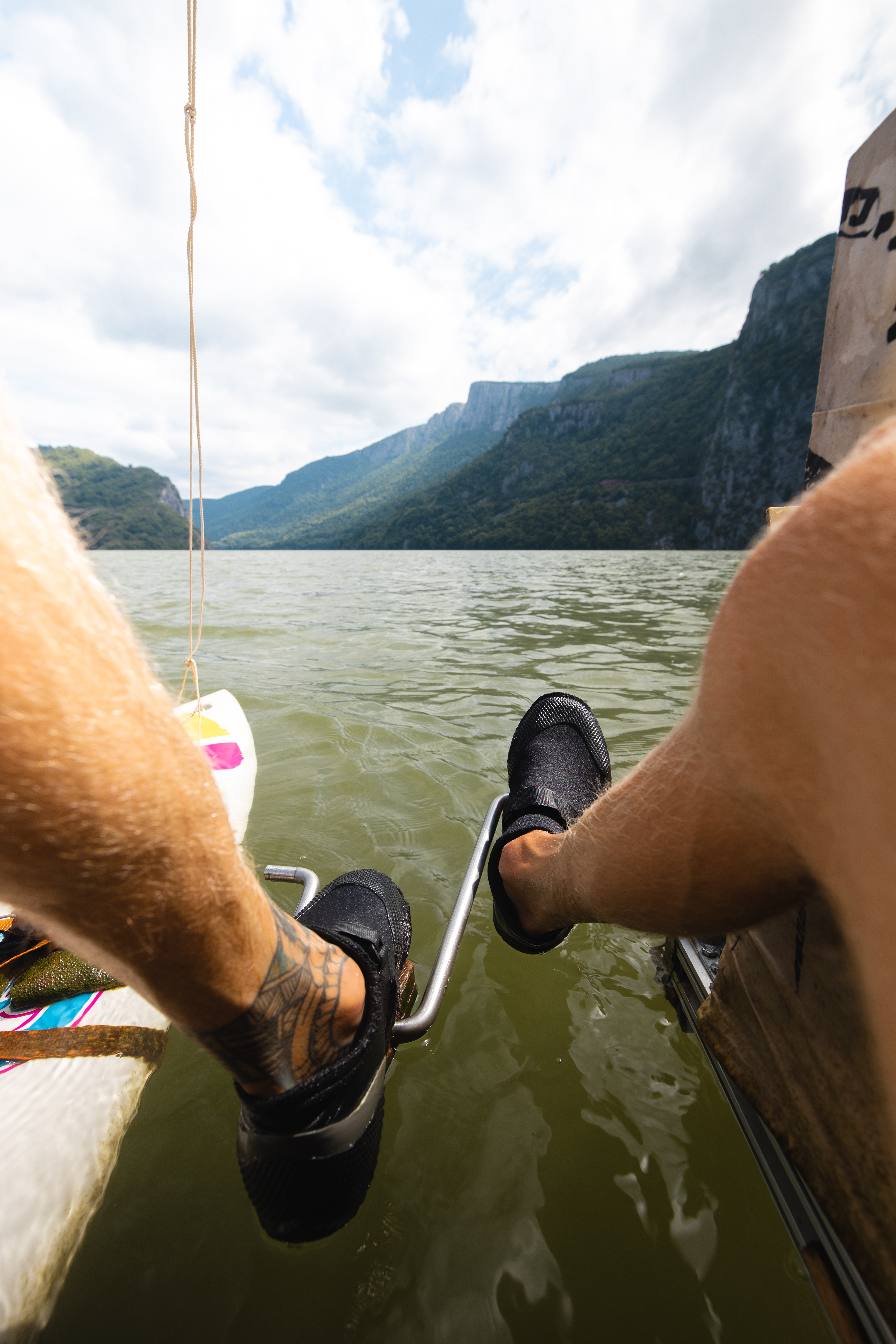

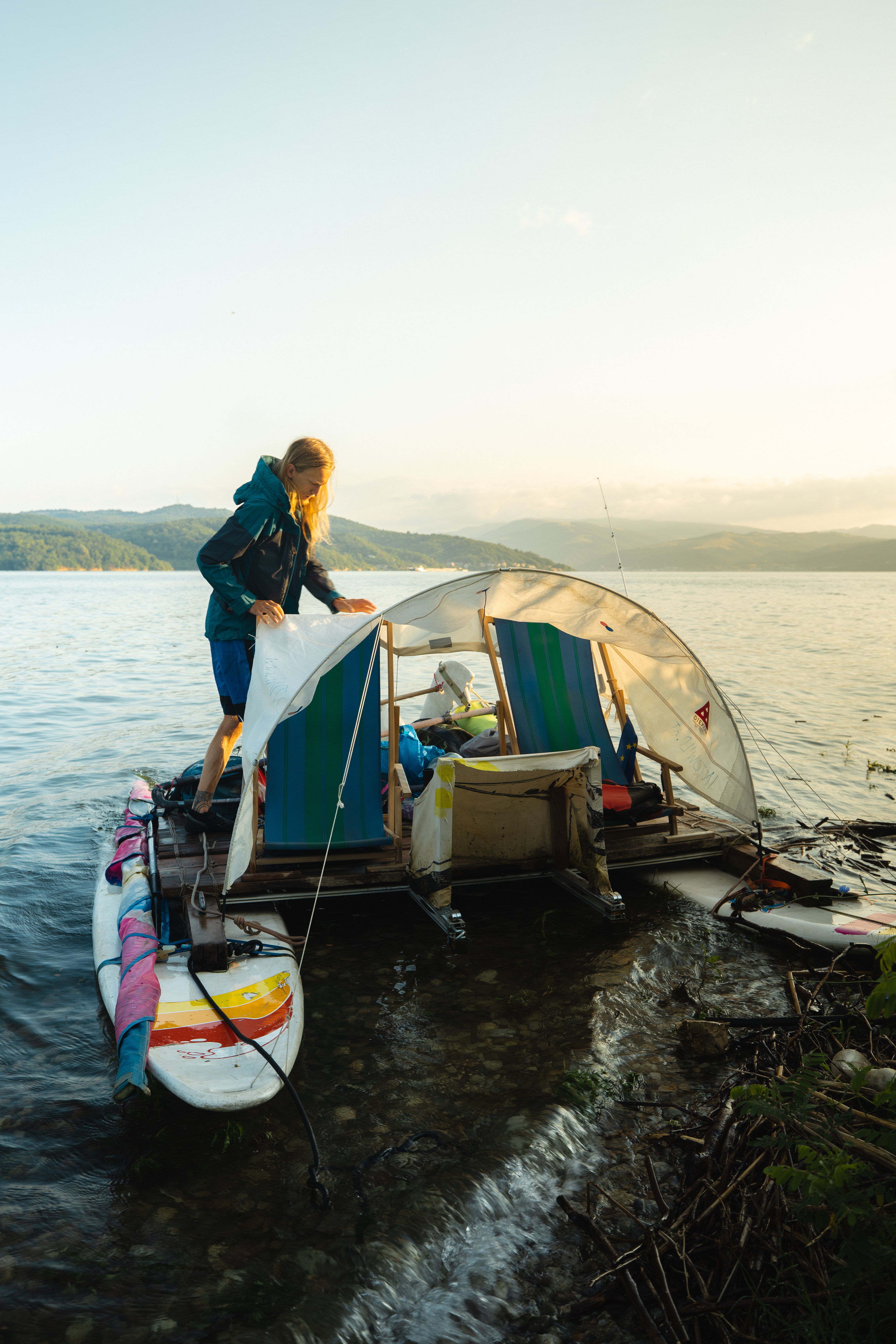

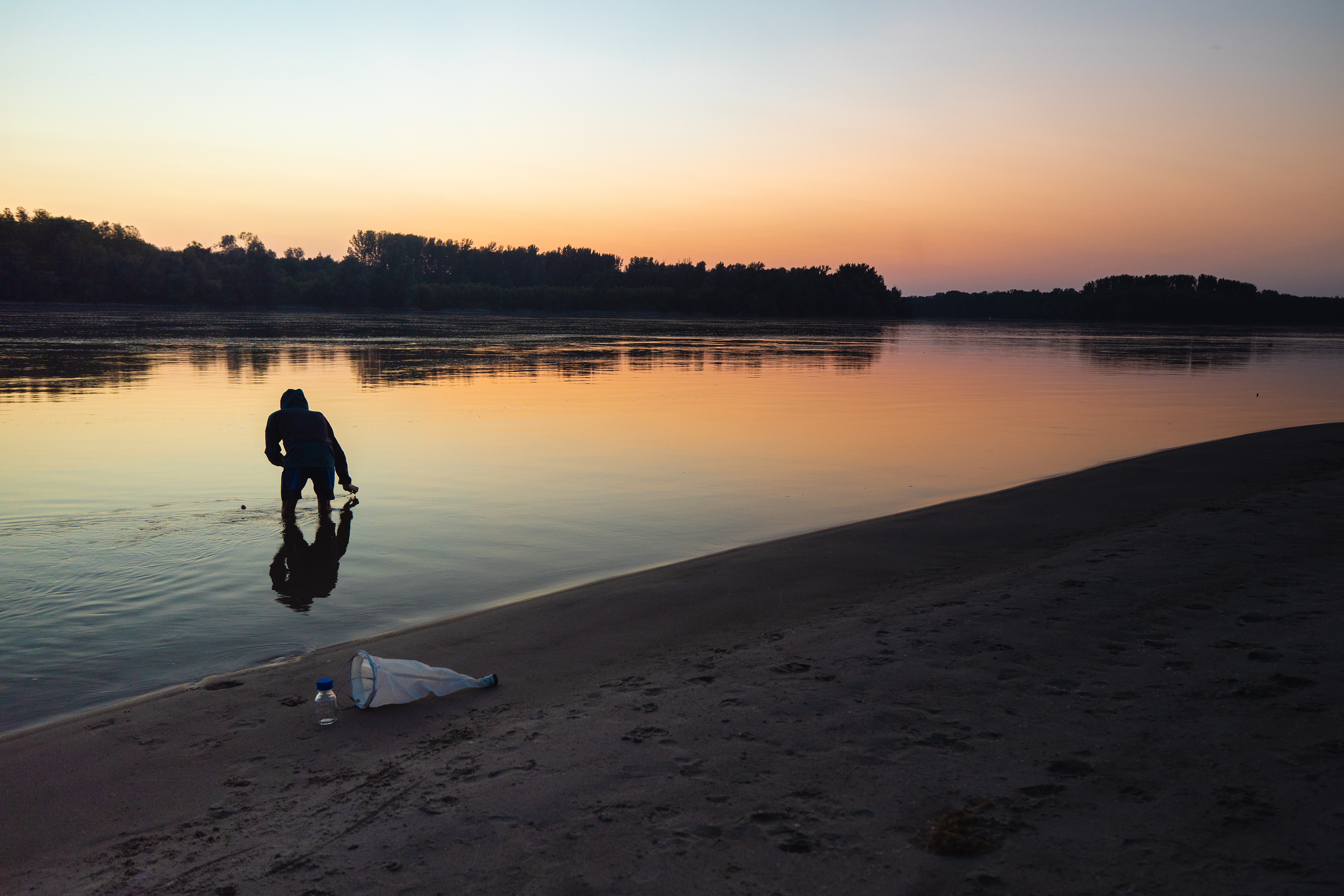
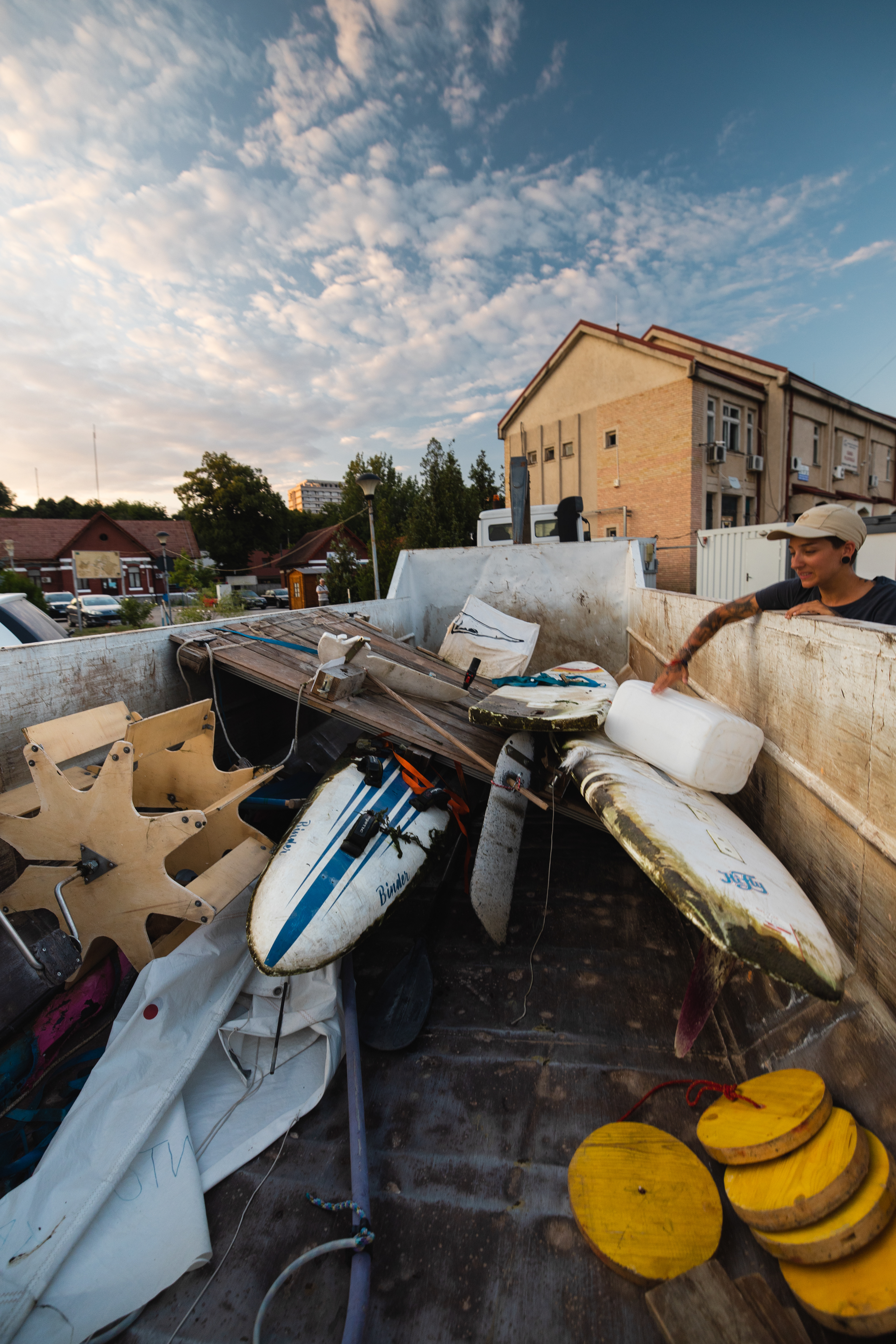
This year we tackled the issue of the pollution of natural water resources. In particular, we put our focus on the inland waters of the Danube. Society perceives the Danube as an organically grown waterway and takes it for granted. The river has been significantly influenced by humans and shaped as a cultural landscape. As a livestock of the industrialization of Europe, the effects of decades of impact on the river are not only evident in the flora and fauna, but also in the water quality and the interaction between humans and nature.
Up to the present day, this historic main waterway artery has been characterized by a wide variety of pollution, be it from industry, agriculture or the individual. The seriousness of the situation is not anchored omnipresent in the collective memory and the preservation of a sustainable equilibrium is by no means guaranteed. A study published in 2015 by the Federal Environment Agency, the University of Natural Resources and Life Sciences and Viadonau found that the Danube transports around 40 tons of plastic particles every year. According to Prof. Dr. Andreas Fath, Professor of Chemistry at the University of Furtwangen, those plastic particles are often carriers for toxins and enter the human food cycle through the consumption of aquatic organisms. With the common goal of drawing attention to the fragile balance of the natural jewel in the heart of Europe and its biodiversity, we collaborate alongside many other supporters with the ASSOCIATION FOR WILDLIFE PROTECTION (AWP) and Prof. Dr. Fath, who is going to analyze the water samples collected along the way in the laboratory. In addition, there was an exchange with experts and institutions with an environmental focus as well as decision-makers.
We want to combine thrilling adventures with the visualization of data and facts about environmental protection. For this purpose, we set out in a specially constructed vehicle made of recycled materials to symbolize this issue. Along the water, not only water samples were collected but also the beauties of the river and the cultures it produced were recorded. One focus of the trip was to give residents along the Danube a voice and their point of view. Topics that were in focus are for example, fluctuations in water quality, (micro) plastic as a burden on the habitat of the Danube; individually initiated (educational) measures to promote awareness of environmental protection; accession to the EU and the associated effects
Thanks to our partners, without whom this project would not have been possible:


